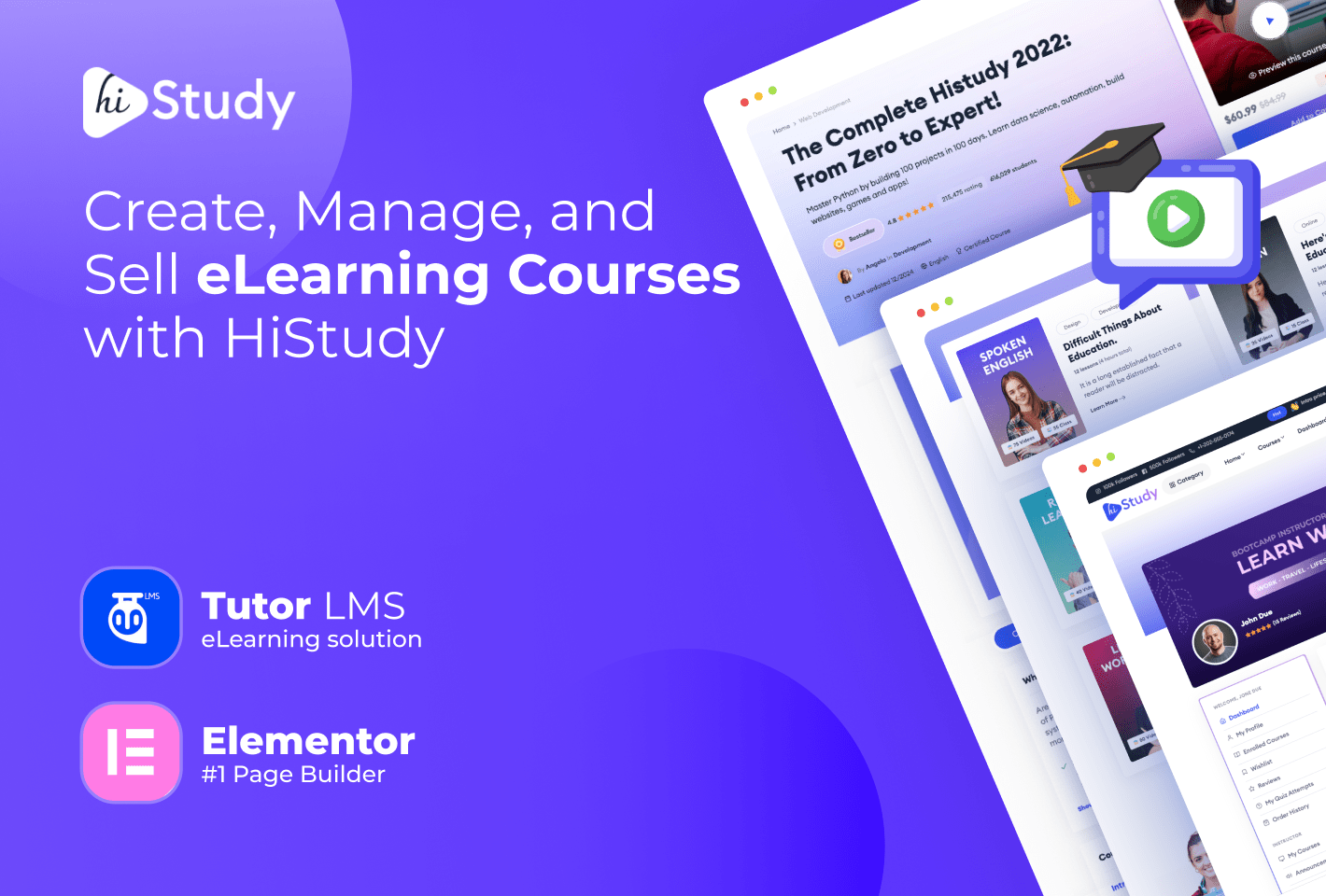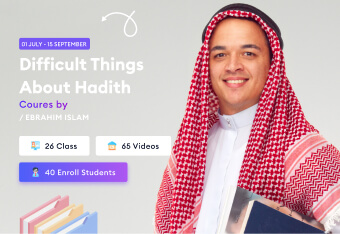Unit 02 (Metrics) defines the core metrics used in web analytics, how they’re calculated in GA4’s event-based model, and how to select the right KPIs for different business models (retail, lead gen, media) to guide channel investment and optimization. It bridges raw data to decision-making by standardizing traffic, engagement, conversion, and revenue metrics, and by showing how to segment them for insight.
What this unit covers
-
Metric foundations: Difference between dimensions and metrics; default vs custom metrics; how GA4 processes events into users, sessions, engagement, conversions, and monetization.
-
Traffic metrics: Users, new users, sessions, session start, and views; why sessions are often more actionable than users for ecommerce, but users matter more in lead gen.
-
Engagement metrics: Engagement rate, engaged sessions, average engagement time, pages per session, scroll depth; why engagement rate replaces legacy bounce rate.
-
Conversion metrics: Conversions, user vs session conversion rate, funnel step-through, close rate (lead gen), and event-based goal equivalents.
-
Revenue metrics: Average order value, revenue, revenue per session, estimated revenue per session for lead gen, subscription revenue and trial conversion.
-
Channel metrics: Sessions, conversion rate, AOV, and revenue per session by source/medium/channel for acquisition decisions.
Key definitions
-
Users: Unique people who interacted with the site/app in a time period (track total and active/new where relevant).
-
Sessions: Groups of interactions; in GA4, sessions don’t reset at midnight or with new campaign tags, improving continuity.
-
Engagement rate: Engaged sessions divided by sessions; an engaged session lasts >10s, has a conversion, or ≥2 views.
-
Conversions: Count of key events marked as conversions; track both total and conversion rate by user and session for nuance.
-
Revenue per session (RPS): Total revenue divided by sessions; a direct benchmark for paid traffic profitability and bid ceilings.
-
Lead gen revenue per session (est.): Conversion rate × close rate × average deal value; used where direct revenue isn’t tracked online.
Selecting KPIs by model
-
Retail/ecommerce: Sessions, conversion rate, AOV, RPS, device/browser split to catch UX issues.
-
Lead generation: Users, conversion rate (to lead), close rate, deal value, estimated RPS; prioritize traffic that closes.
-
Media/subscription: Sessions and non-subscriber users, pages per session, sessions per user, subscription revenue, trial conversion.
Segmentation for insight
-
Break out metrics by device, browser, new vs returning, geography, time, and channel to find friction and opportunity; expect returning users and email to show higher conversion rates, display to need strict CPC/RPS discipline.
Hands-on practice
-
Compute funnel step-through and CR, AOV, and RPS from provided tables; compare channel RPS to CPC for bid guidance.
-
In GA4, pull traffic acquisition and engagement reports, add comparisons (e.g., Chrome vs All Users), and interpret conversion differences.
Why it matters
-
Common metric definitions prevent misreads across teams, while RPS and conversion rates by channel connect analytics to budgeting.
-
GA4’s engagement and conversion metrics enable privacy-aware, cross-platform measurement without relying on legacy bounce or goals.






